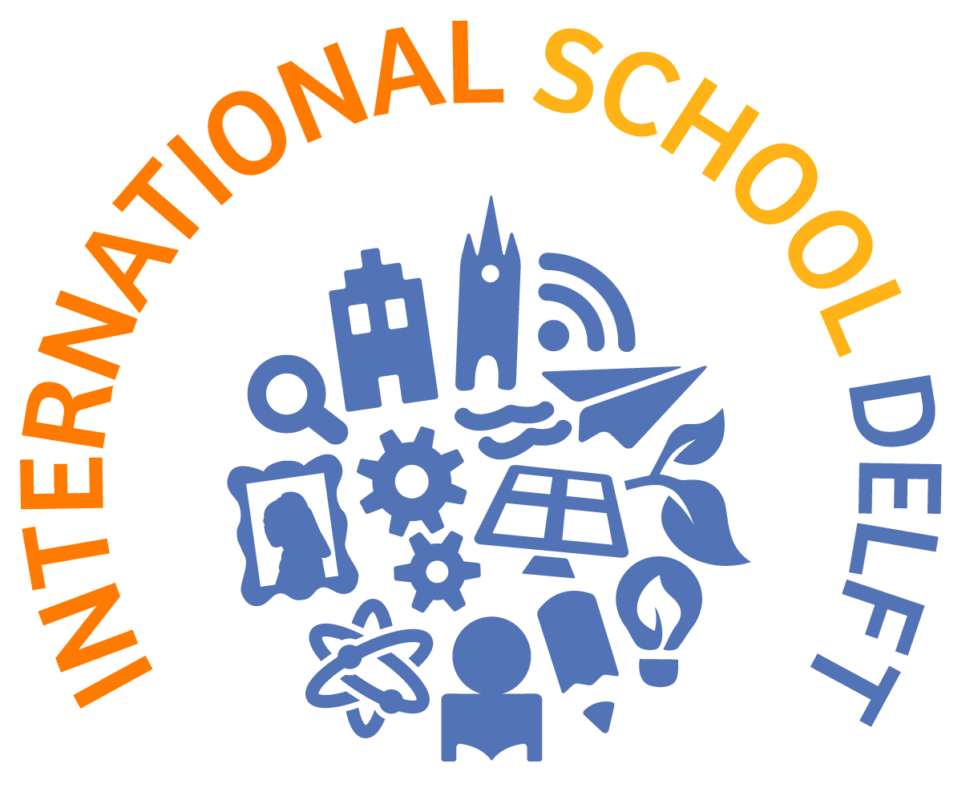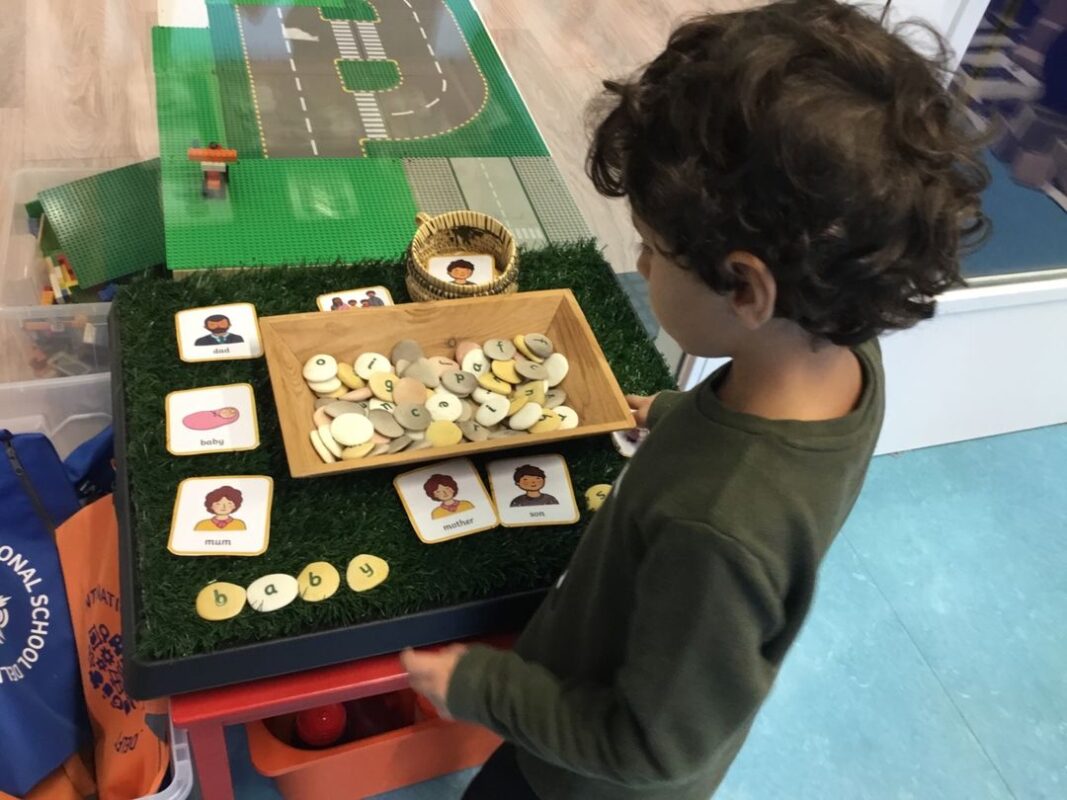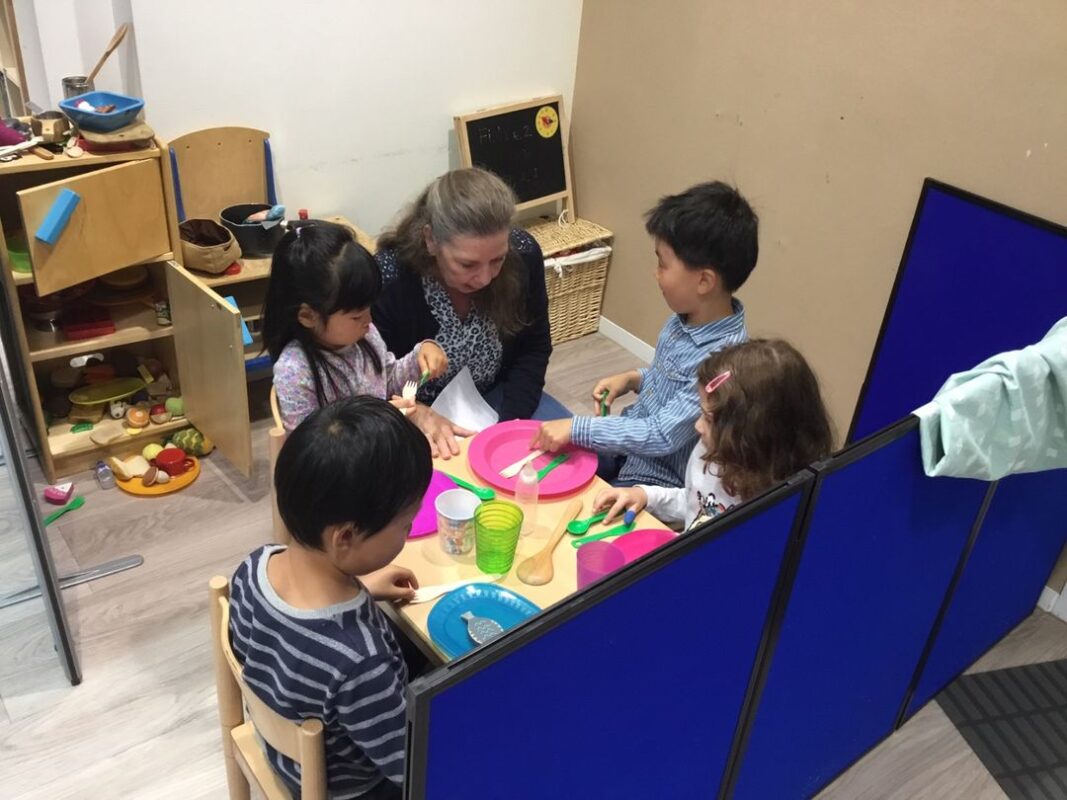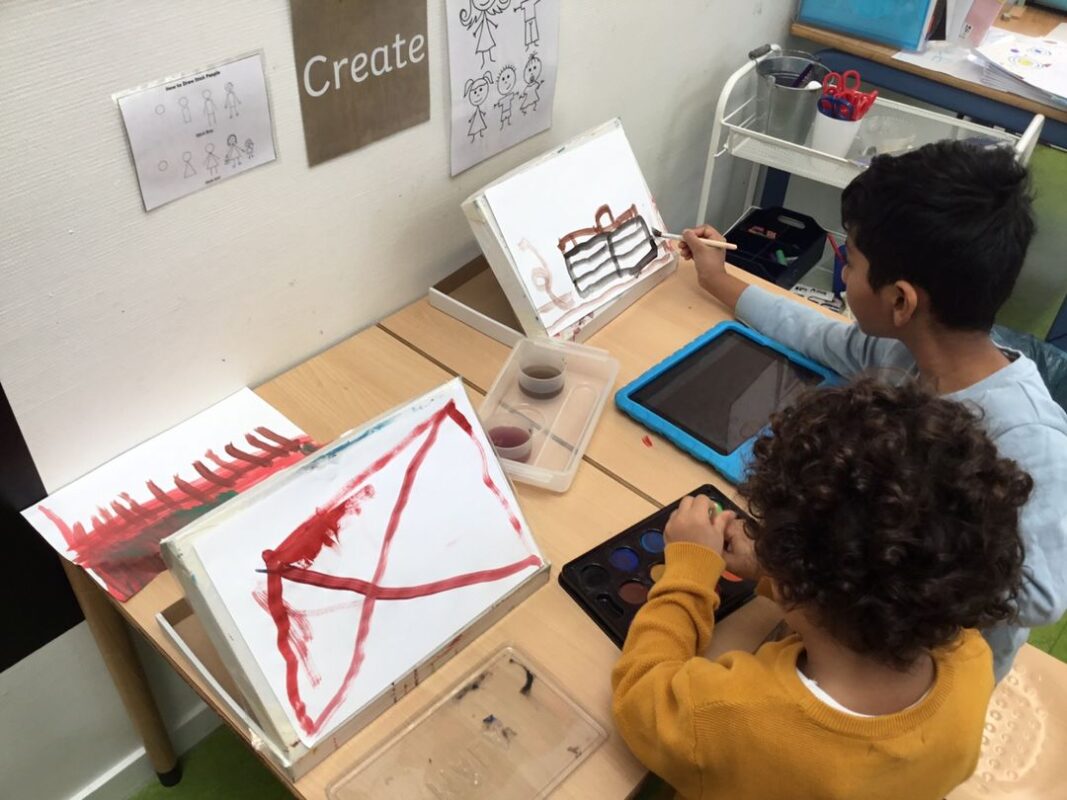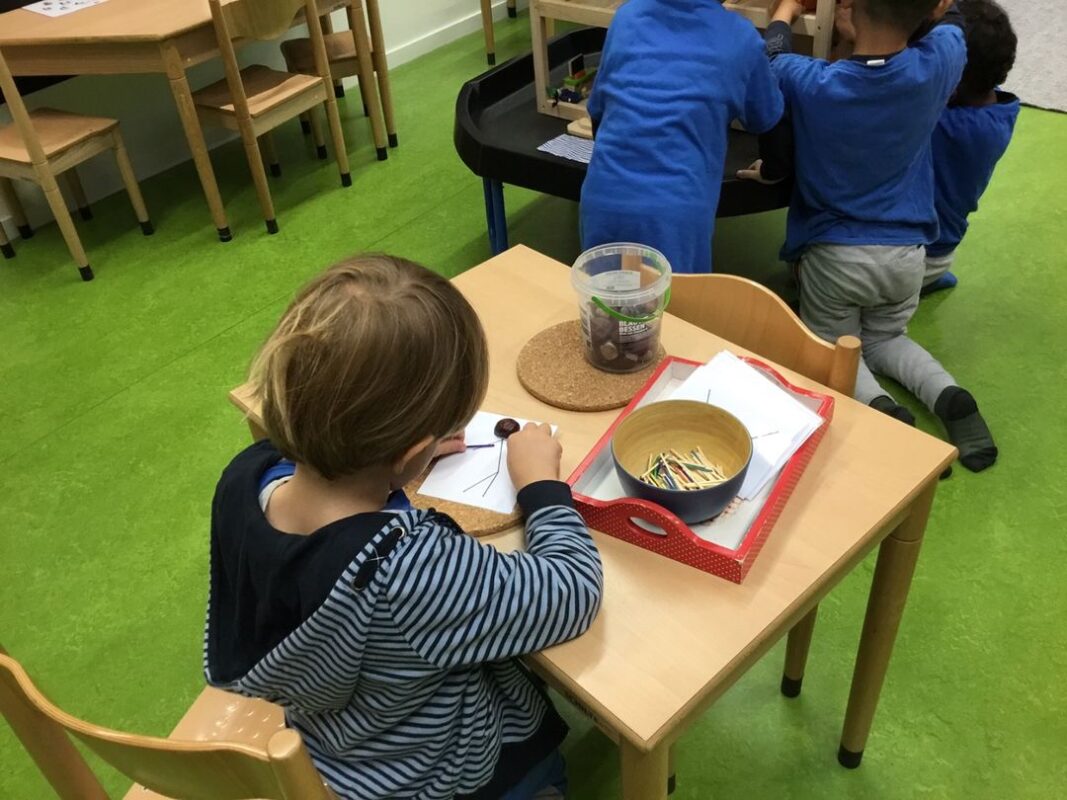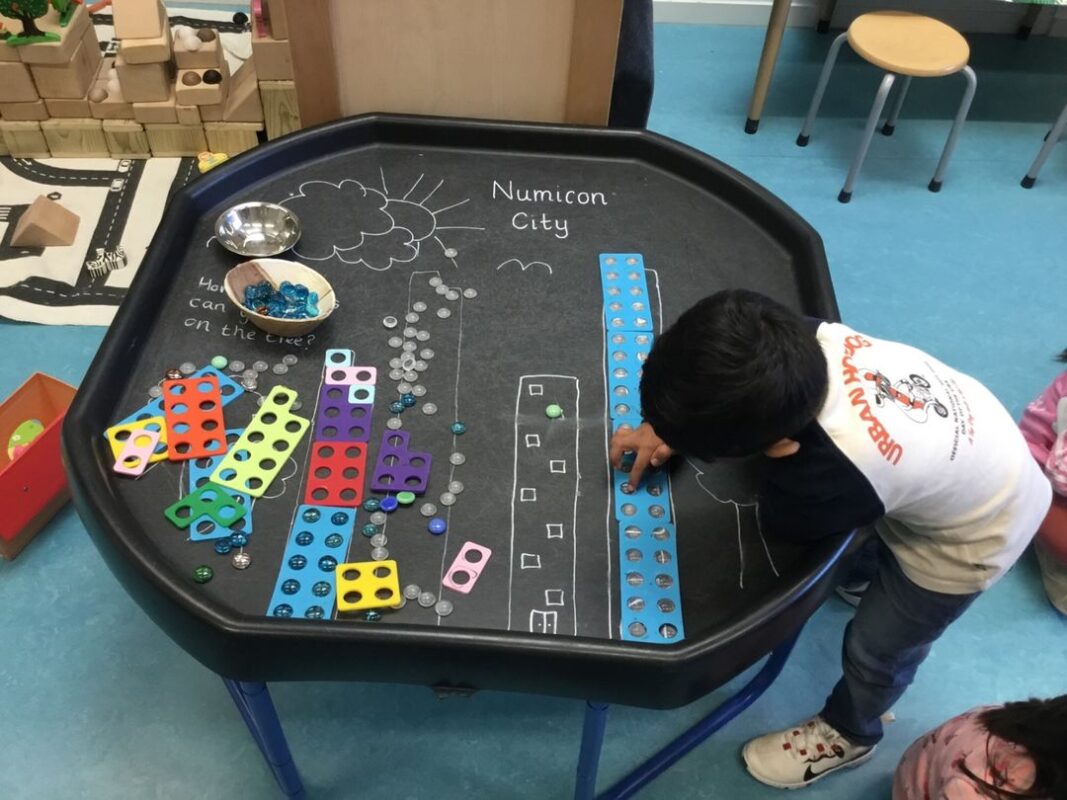Contribution by Jacqui Wilmot – Early Years Teacher
Although play has always formed an important part of the Early Years program at the ISD, this year our team made the decision to fully immerse ourselves in a play-based curriculum. Our focus is to engage learners in meaningful play experiences and to deepen their knowledge, understanding and skill acquisition through intentional and fun activities that cover the scope and sequence of the PYP.
Why a play-based curriculum?
To begin to understand a play-based curriculum, we first need to understand exactly what it is to play. Play is an activity usually chosen by the child, rather than prescribed by a teacher; it is a process, rather than a predicted product or outcome. Through play, children develop their social and cognitive skills, mature emotionally, and gain the self confidence required to engage in new experiences and environments. A play-based curriculum is one that allows the child the autonomy of choice and encourages the child to investigate and explore materials to formulate their own questions. According to UNICEF, “Play is one of the most important ways in which young children gain essential knowledge and skills.”
Following over 30 years of research, educators have discovered the importance and success of allowing children to take charge of their own learning through play. Children remain engaged and interested in the learning process and develop a multitude of skills and knowledge, all while learning to share and cooperate. As a PYP school, we strongly encourage children to take ownership of their learning, to ask questions and to inquire independently.
What does this look like in the classroom?
To ensure that play experiences are meaningful and that children are challenging themselves, teachers carefully plan activities based on the current Unit of Inquiry, the children’s established skills and also the curriculum requirements. Play opportunities are set up within the classroom, workshop or outdoor space to facilitate the learning that needs to take place. Teachers take on the role of learning facilitator rather than instructor and allow children to take the lead. Children will be asked questions and encouraged to formulate questions of their own to deepen their knowledge and understanding. This means that number value can be taught in the construction area as children investigate how many blocks they have used to create a tower. The concept of measurement introduced as children inquire into the height of that tower and even Data Handling as the children record their findings on a bar graph. Through this strategy children are learning without feeling as if they are passively absorbing a “lesson”. The art table offers opportunities for not only creativity, but also for language development, science or social-emotional experiences and discussions. The role-play area allows the child to explore roles within the family unit while simultaneously developing writing skills as children write grocery shopping lists. Open-ended play materials are provided in each of the learning areas in the classroom, allowing children endless opportunities to explore and learn. The curiosity of the child becomes the driving force behind learning.
Another essential benefit of this model is that the teacher is given the flexibility to move around the classroom and cater to the individual needs of each child. Differentiation takes place naturally as the teacher works with each child to build on their prior knowledge. In an international school with a diverse range of student needs, this proves invaluable.
Our team is excited to be implementing this teaching method more intentionally this year and we look forward to seeing the children taking more control of their learning!
